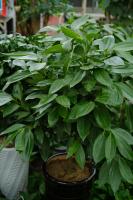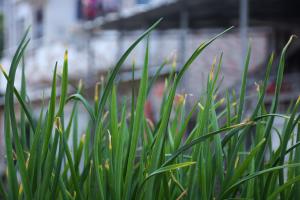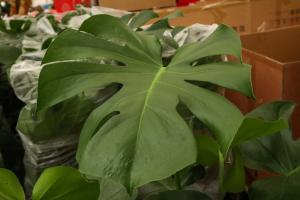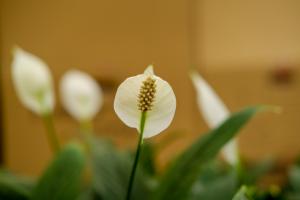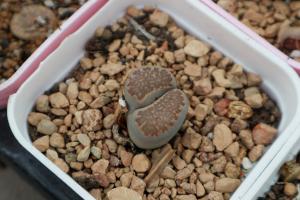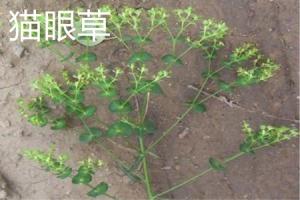Difference of morphological characteristics
The stem of rat tail palm should be thinner. The longer it lasts, the more it hangs to the ground. If it grows in situ, it can reach a length of two meters. Most of the young rhizomes are green, and the more mature they are, the more gray they are
White sandalwood has many branches. It is upright at the beginning of growth, and will crawl on the ground in the later stage, and the stem of white sandalwood has always been light green
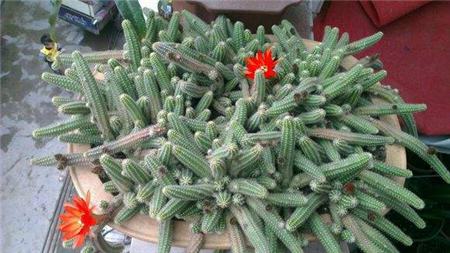
Florescence difference
The flowering period of rattail palm is from April to May. The flowers usually open during the day and close at night. The color presents a charming pink
White sandalwood flowers have many stamens. The color of the flowers presents a bright red. They also open during the day and close at night, but white sandalwood flowers generally only open for three to four days
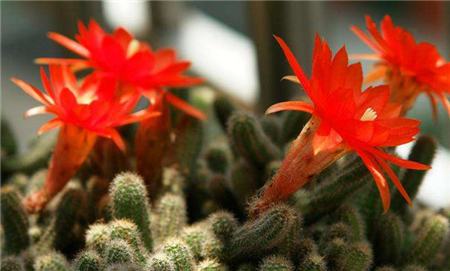
Differences in ecological habits
Rattail palm is suitable for places with plenty of sunshine. It is resistant to drought and hot sun, but not cold. In winter, it can survive only if its living environment is at least 10 degrees Celsius
White sandalwood is suitable for living in a well ventilated environment. It is resistant to drought and shade, but afraid of high temperature and strong light. It can be given appropriate sunlight, but it should not be exposed to the sun
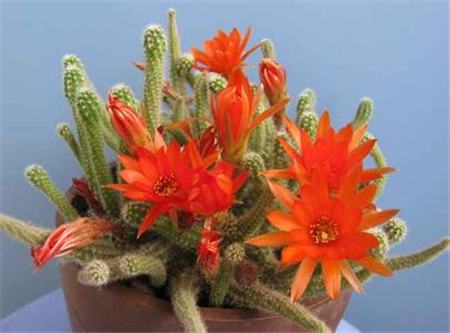

 jackfruit
jackfruit snake plant
snake plant hibiscus
hibiscus hydrangea
hydrangea lavender
lavender Green roses climb al...
Green roses climb al... If you don't pay att...
If you don't pay att... Management of four g...
Management of four g...
